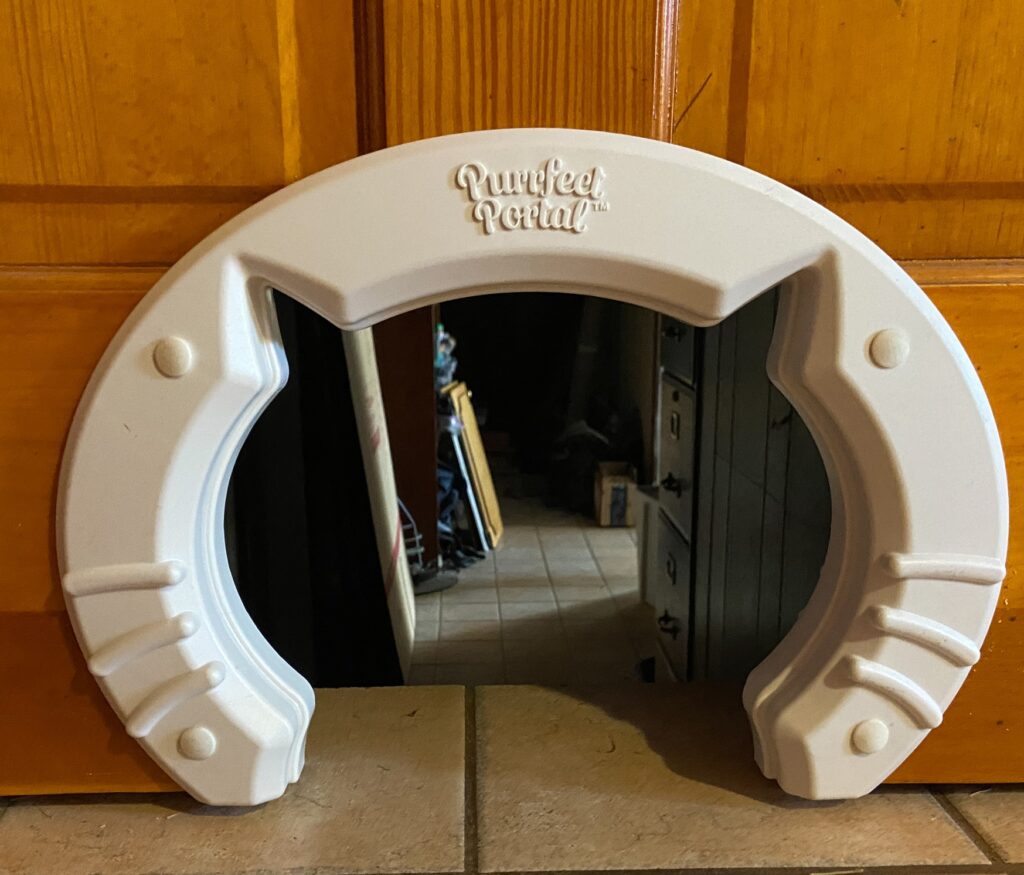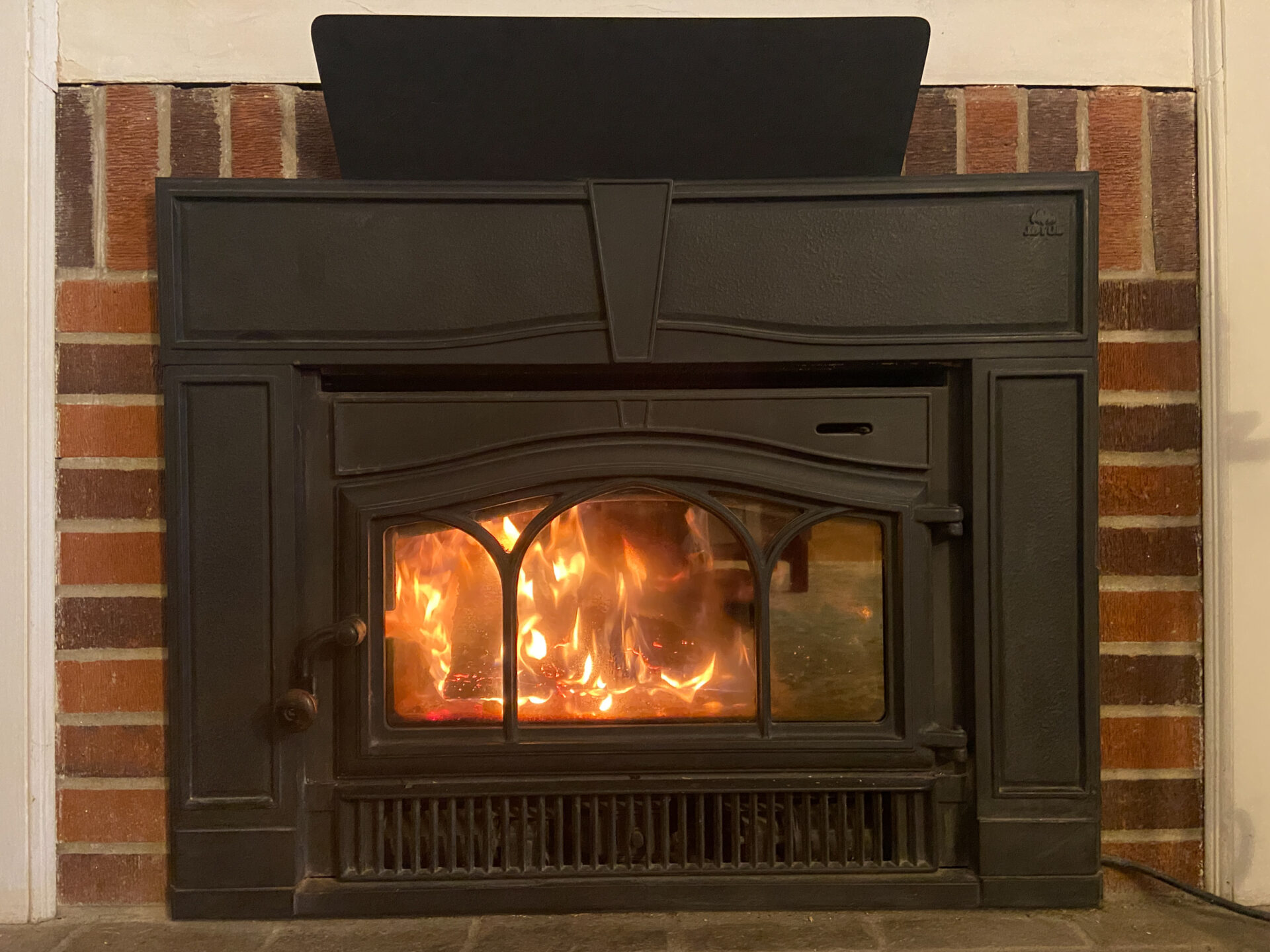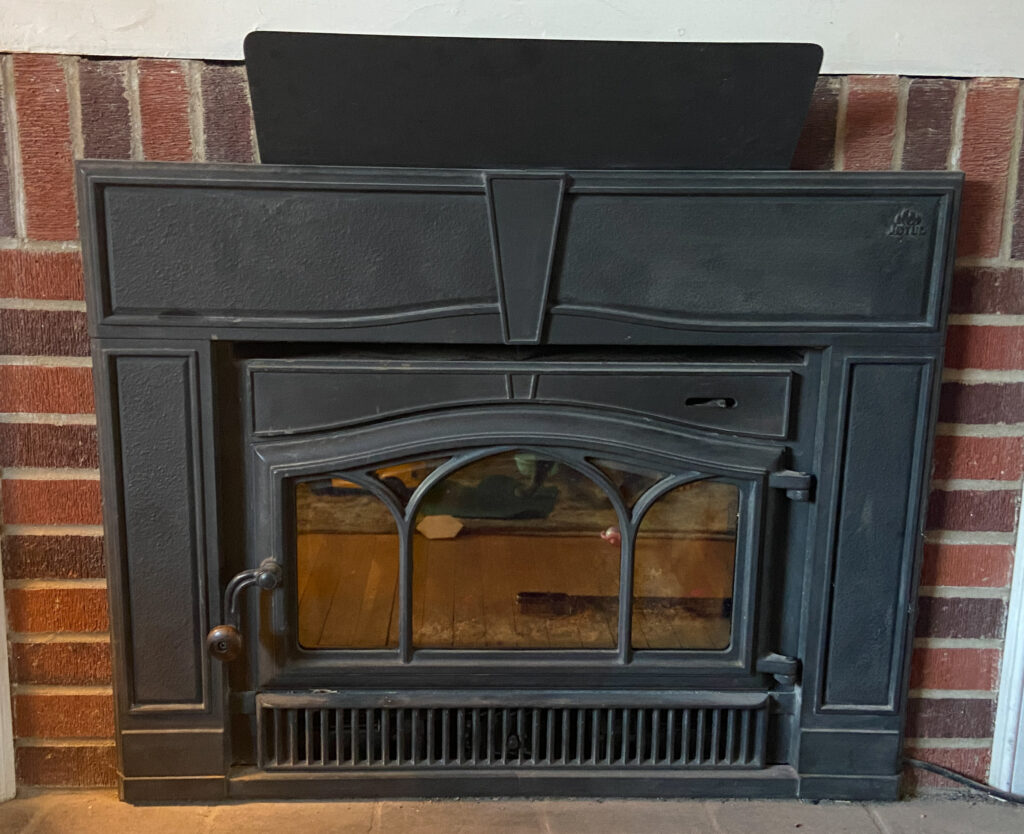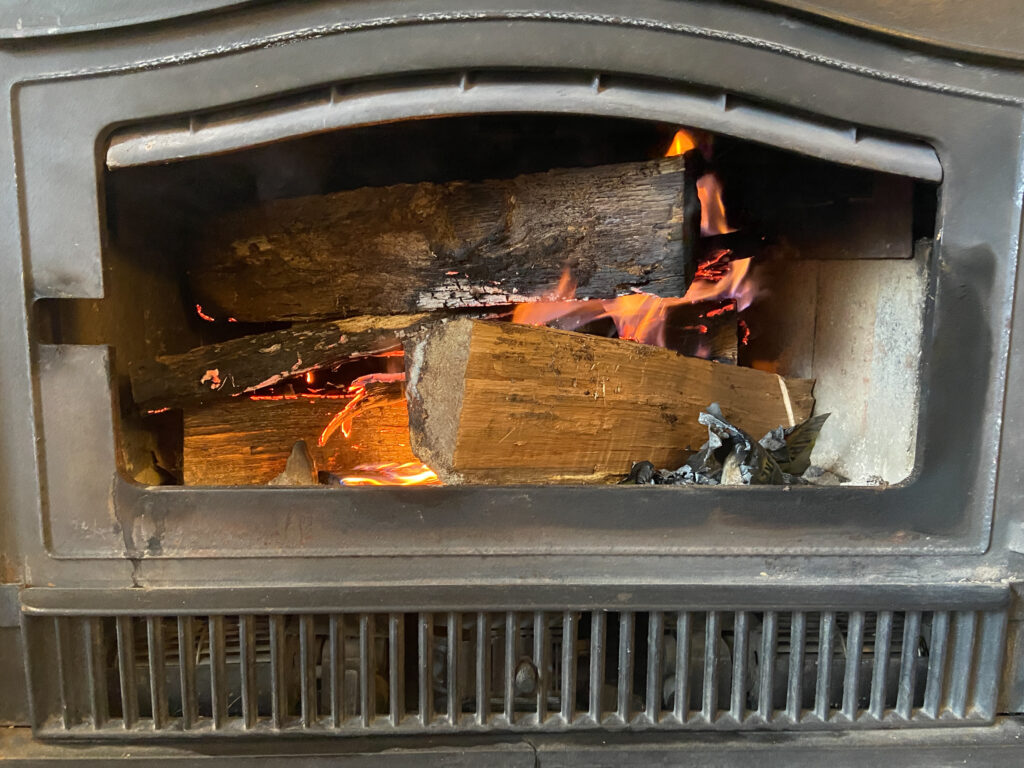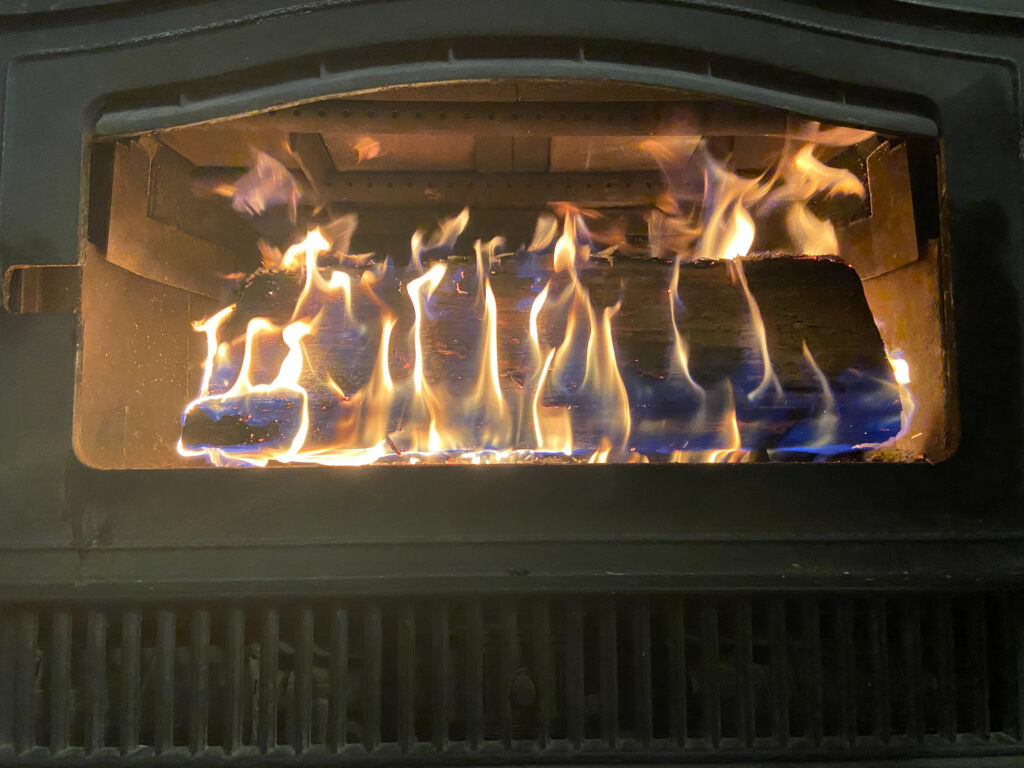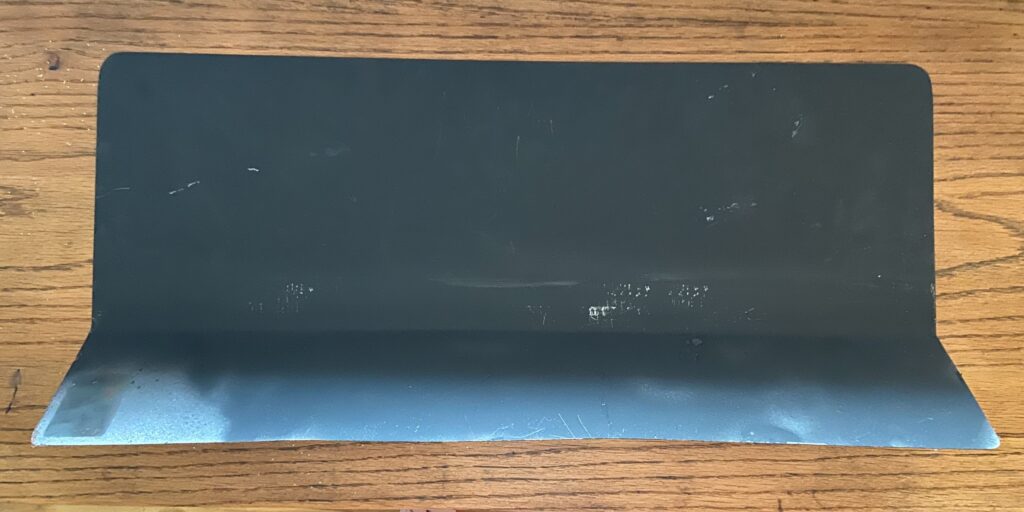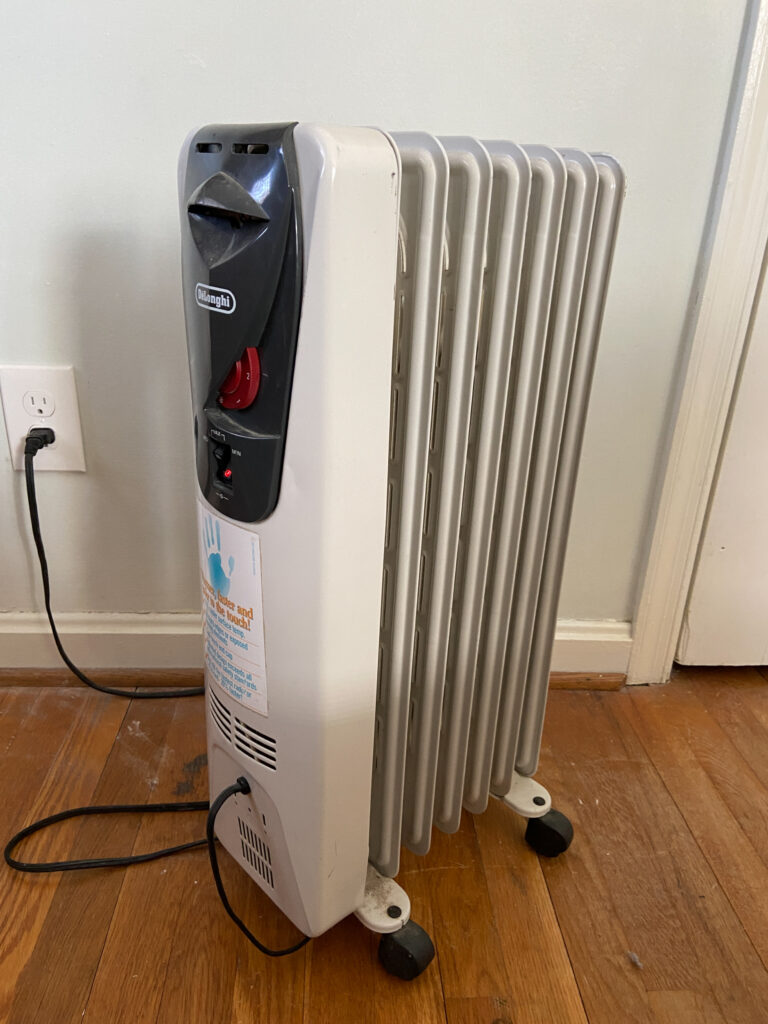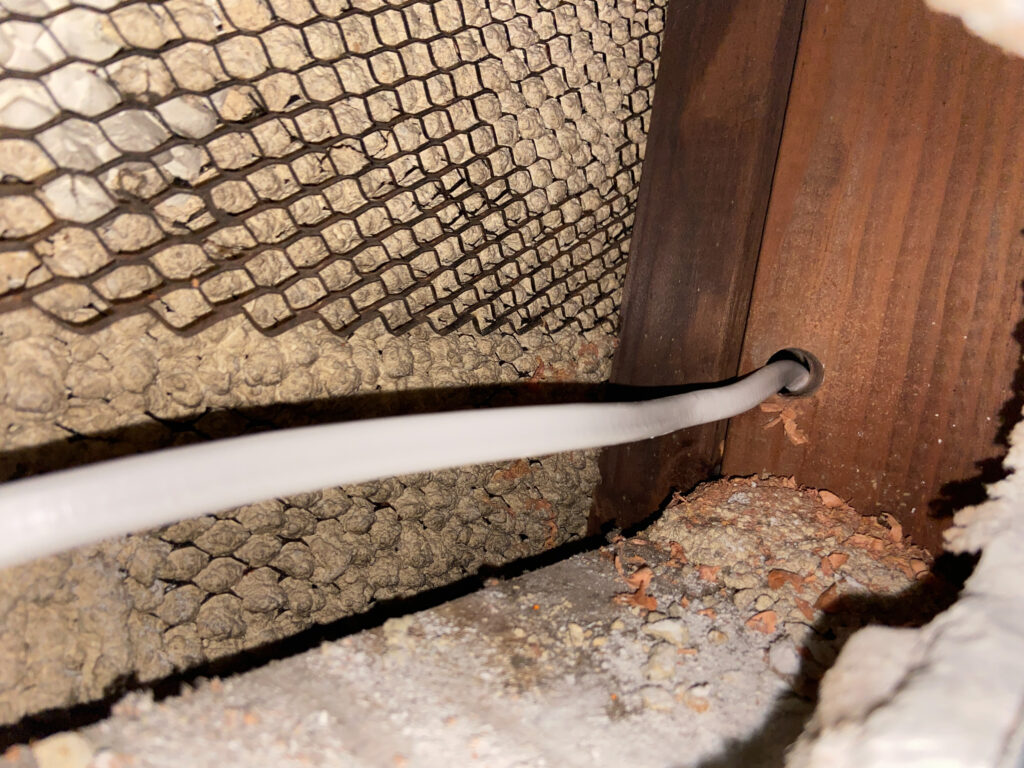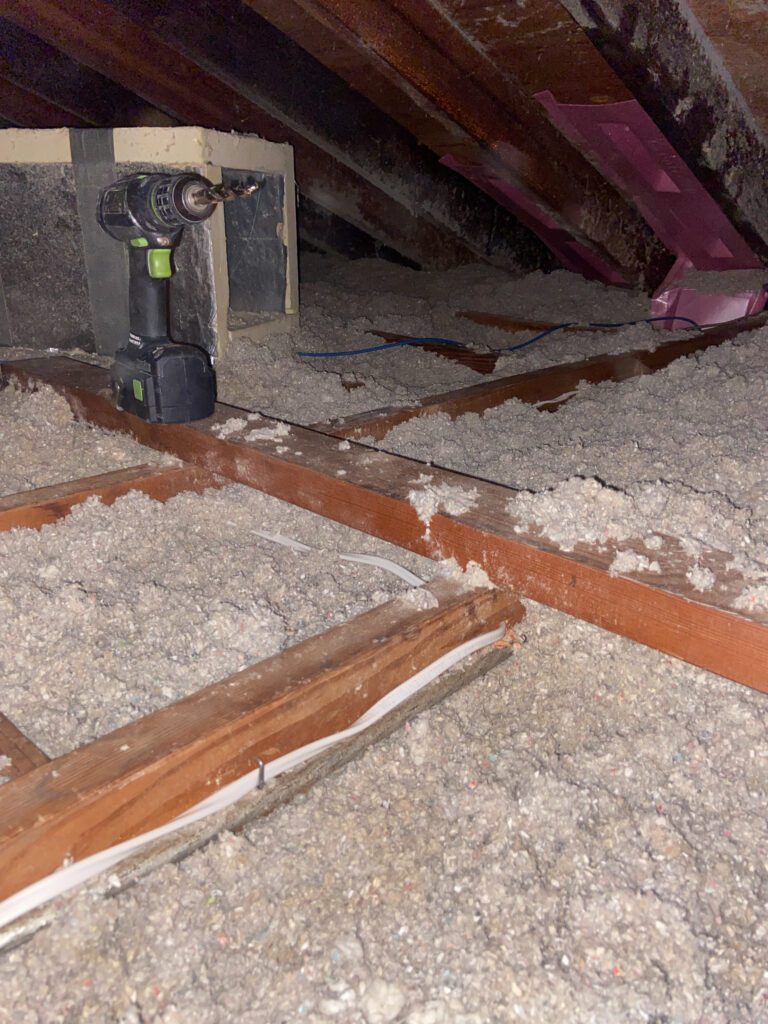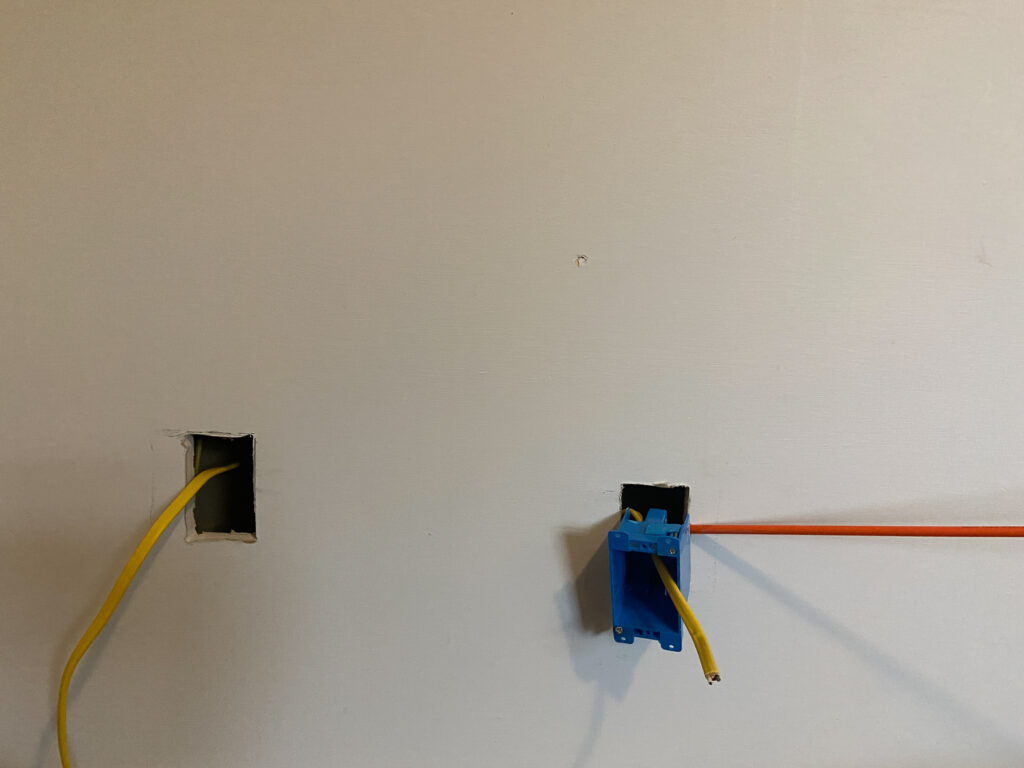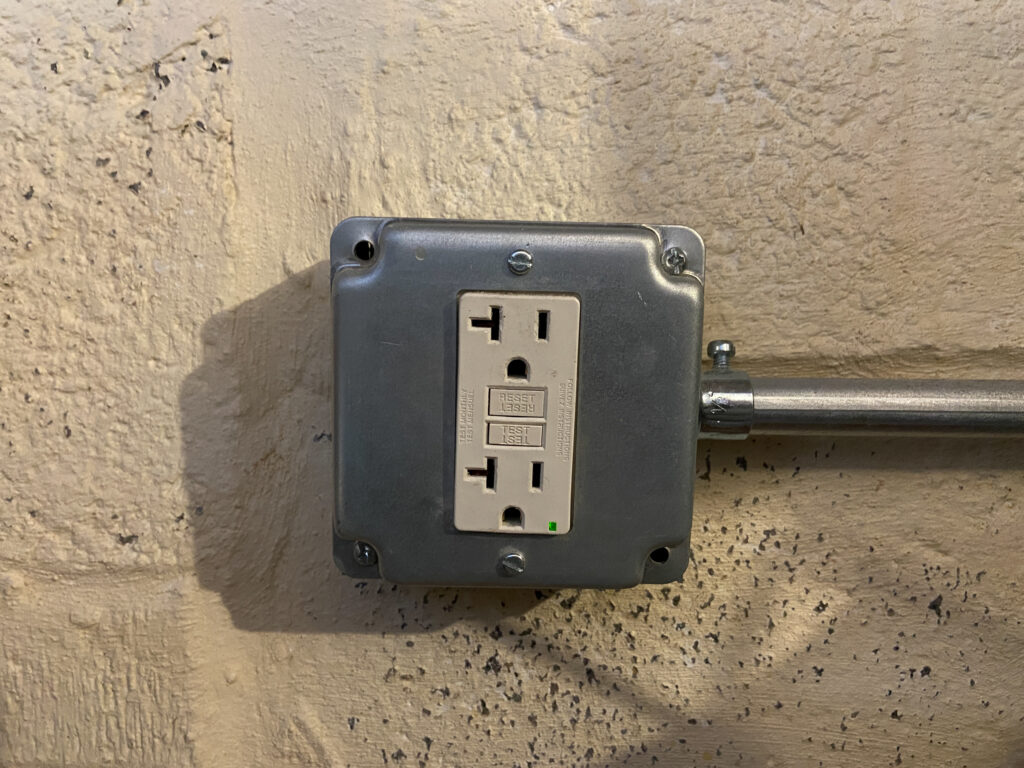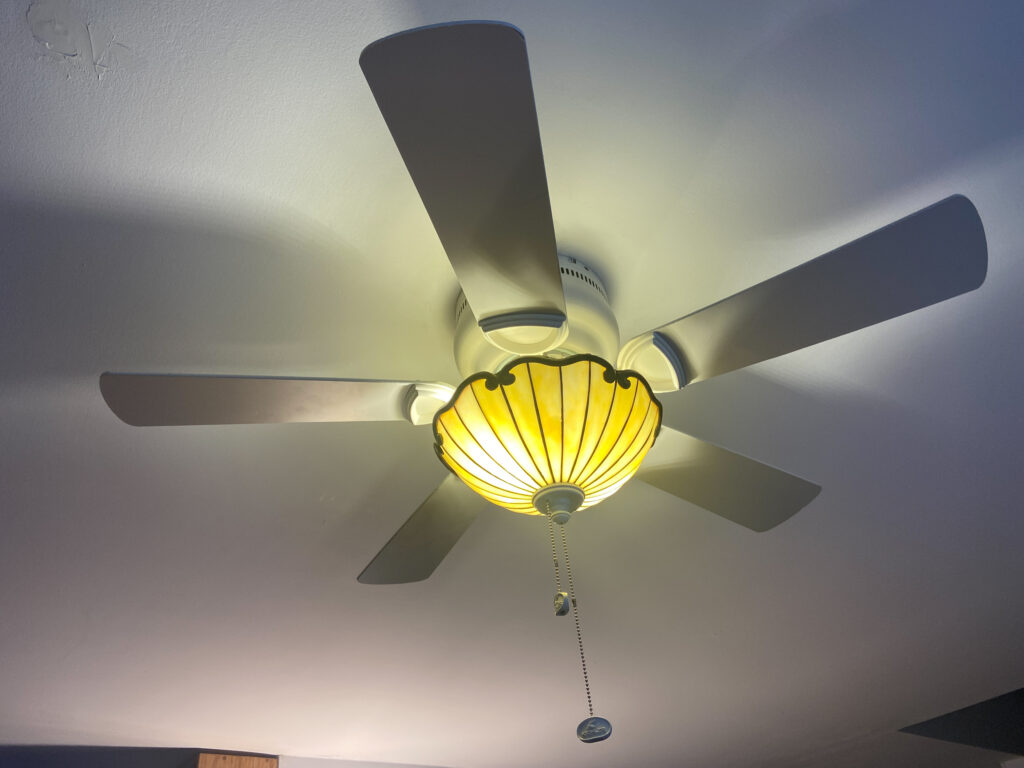Our house is primarily heated by a temperamental oil furnace. I’ve gotten pretty good at keeping it running (at least I have a better record than the grumpy service tech we used to call). For example, I greatly reduced clogging by adding a canister filter after the primary filter and learned how to quickly service the main components when they failed. Still it has way too many points of failure for my comfort (power outage, exhausted oil supply, clogging, mechanical/electrical issues…).
I began to think everyone should expect the unexpected this winter and wanted to be as prepared as I could (and it turns out heating oil shortages were common in our area). Here are some projects that provided our old house with reliable secondary heat sources.
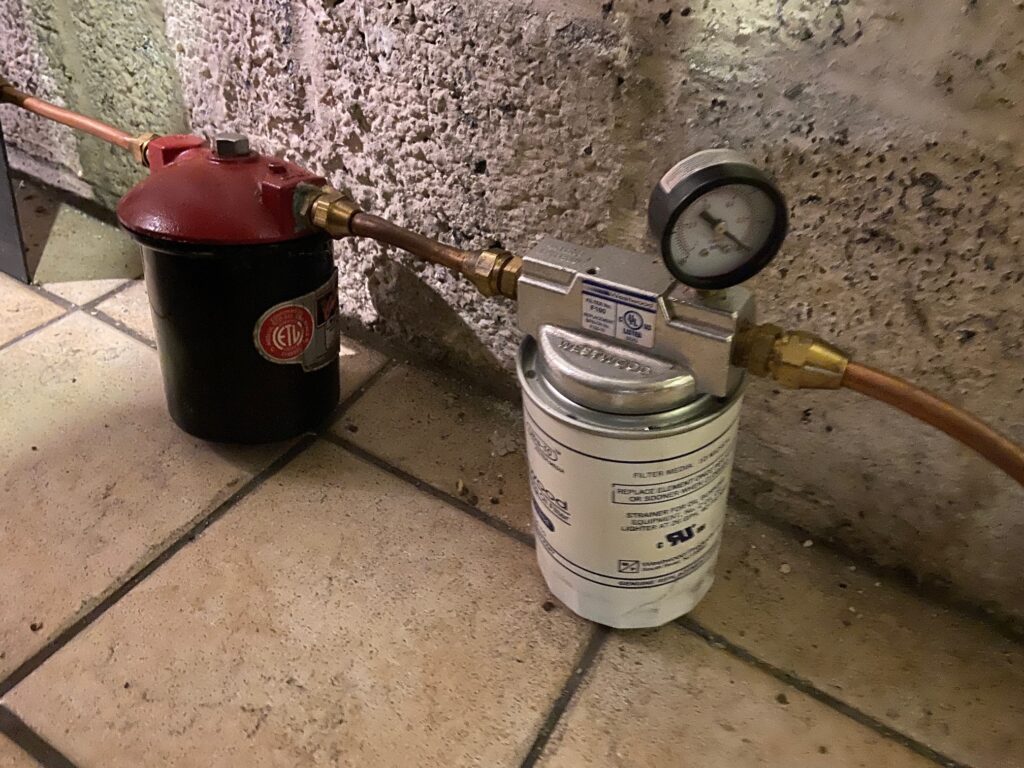
I loved having a fireplace when we moved in, but was quickly disappointed with the negligible heat output. After researching options (and failing at an early attempt to improve heat output using a cast iron reflector), I found this used Jotul fireplace insert on Craigslist. It is basically a stove that fits inside your existing fireplace. When the insert gets hot, a sensor activates a fan that blows air through a heated chamber. With this insert, I can heat the entire house indefinitely thanks to the many old oaks on our property.
Installing this was a challenge. Of course the first step was to pull a permit. I was making some permanent modifications to my chimney and adding a new mechanical device. I had to build ramps to get the 450lb mass on/off my truck and into my house. My wife and I threaded a stainless steel chimney liner through the chimney after removing the original fireplace damper with an angle grinder. This new liner is super easy to clean (compared to a masonry chimney). We remove the firebricks inside of the stove to access the liner. Once a year, one of us climbs the roof to the chimney and one of us mans the stove and we simply pull a cylindrical brush up and down through the liner to remove any dangerous creosote deposits.
In a pinch during a blackout, I can power this setup long term with my generator, or overnight with a car battery and my inverter.
The wall above the stove would get quite warm, so I fashioned the heat shield shown from galvanized steel. This is enhancement is super effective at dispersing heat.


Starting the fire. 
You can sort of see the removable tubes and bricks at the top of this photo. 
Heat shield can be easily removed.
I love using space heaters, but our poorly insulated 1950’s house had one 15 amp circuit for all of the upstairs. We could never use more than one space heater without tripping the breaker. After our baby arrived, her room was the priority and I was cold. With a home office now in the guest bedroom, we were really pushing the amp limit just with our electronics. I pulled a permit and added a number of 15 amp and 20 amp circuits to the bedrooms and garage so that we can heat all rooms simultaneously thanks to several powerful (and efficient) oil filled electric radiators.

Finally, we can heat each bedroom safely! 
I became very familiar with the inside of my walls. 
This was the nasty part of the job. I hate working the the attic. Also, the insulation we added here does very little since our walls have NO insulation. 
Access hole cut to help feed the wire to the right spot. 
Everything is armored in the garage. 
I added a celling fan to the living room while I was at it. Why not…
One last project. We adopted a cat last winter. Since he moved in, we kept the basement door open so he could access his litter box. This made it hard to heat certain rooms with our space heaters. I installed this Purffect Portal door so he could get through with the door shut. I’d note that the large size cat door is giant. My child can fit through it with some minor difficulty. Our heating problem was solved though.
